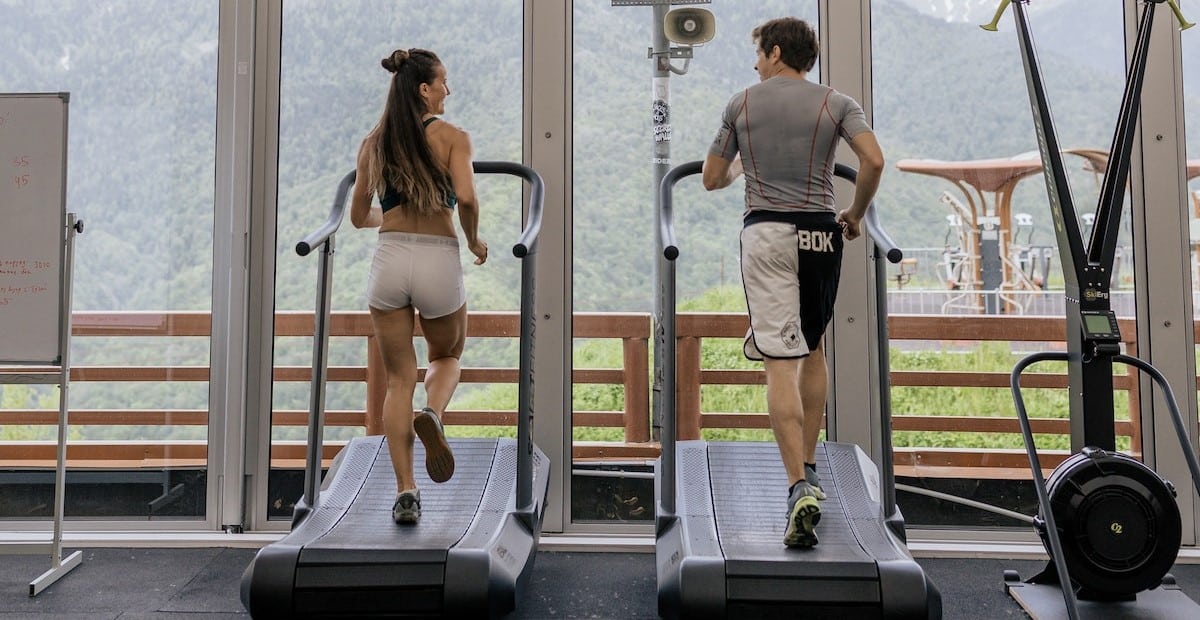
Contents
Learning the basics of treadmill running to perform great treadmill workouts and get even greater results
A treadmill workout feels as old as time. Well, not literally, of course (I don’t remember Zeus getting lean on a JTX Compact Treadmill), but it’s certainly as classic as the word suggests. With often great affordability, accessibility and dynamics, it’s easy to see why.
But with all the bells and whistles you might find on the Starship Enterprise, often it’s not so easy to learn how to run on one. Besides the fact gyms can be pretty intimidating, you want to keep risk low and output high, so naturally, learning to use a treadmill before you’ve actually used one is a great step to get up and running.
With treadmill basics, both in a machine functionality sense and aspects like proper running form, where exactly do you find the ‘start’ button?
The bits and the bobs
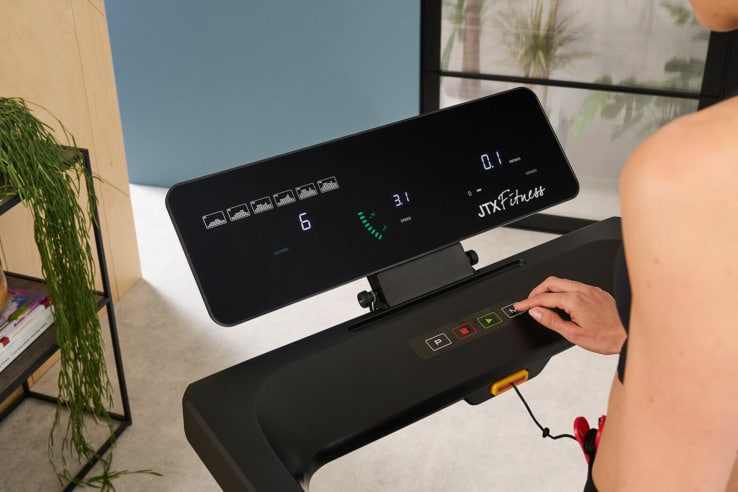
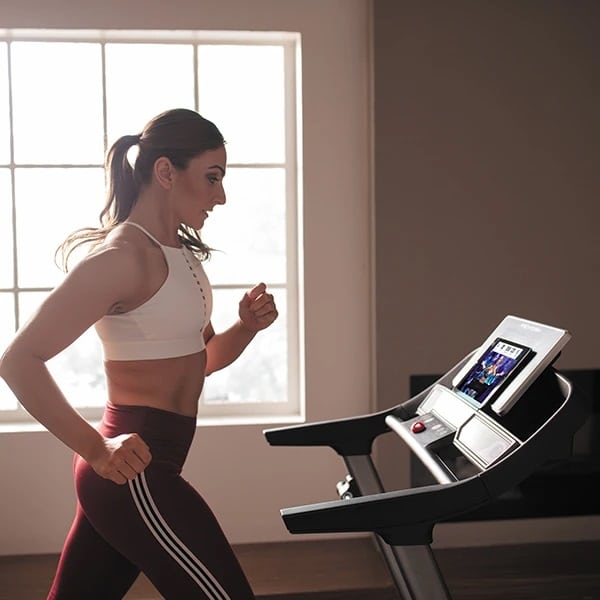
When you say goodbye to outdoor running and go internal, what are you greeted with? Usually, the first thing you’ll notice when you lean forward and take a step onto the conveyer belt is (besides the conveyer belt…) the console. If you run on a treadmill, you’ll use a console. Some are big and filled with features like incline, speed, metrics and so on. But while those aspects are pretty straightforward, it doesn’t mean we beginner runners aren’t going to get a little overwhelmed.
The Marathon Handbook writes, ”The incline denotes the slope of the treadmill. Increasing the incline significantly increases the intensity of the treadmill workout and utilizes your posterior chain muscles (hamstrings, glutes, and calves) more.
The distance is how far you’ve run, and is a product of your speed and the time you’ve been on the treadmill.
The time keeps track of how long you’ve been doing your treadmill workout.”
The dos and don’ts
Make sure to warm up a little first. Even walking for two minutes can give you a great idea of the feel of the treadmill you’re using. Running outdoors often requires a little more of a dexterous warm-up; terrain, weather and so on can be a little more impacting. With treadmill runs, however, it can be more about acclimatising to the tread and foot feel. Most treadmills are pretty comfy and accommodate your treading very well, but make sure to get used to it first.
You should also make sure to check out the preset workouts. Again, most treadmills have some sort of preset workout program. From treadmill trails to simple incline workouts, you can make an often boring running experience great with immersive workouts like these.
One thing you shouldn’t do… hold the handlebars. Beginner treadmill workouts may encourage some use, but in all honesty, it’s unnatural, and where there’s a sense of the unnatural, there’s a sense of danger or risk.
Conclusion
To summarise, it’s all pretty basic stuff. While it may seem scary to run on a treadmill for the first time, it’s easier than riding a bike. Just assess the console, get a sense of feel for the belt and then take it easy until you feel confident.
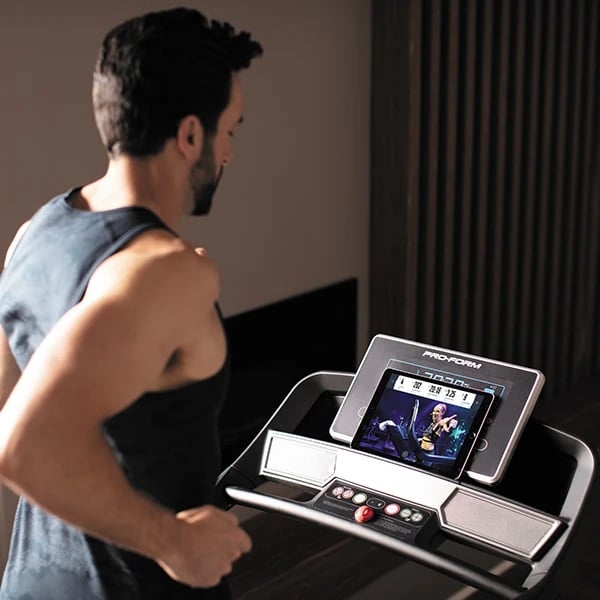
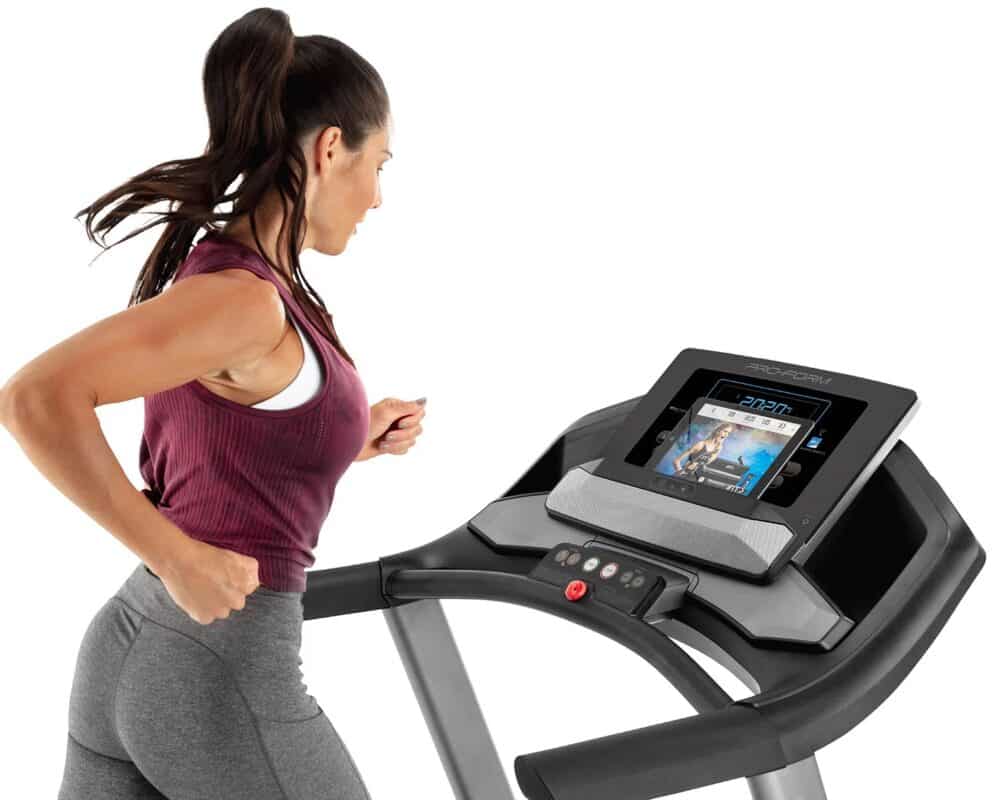
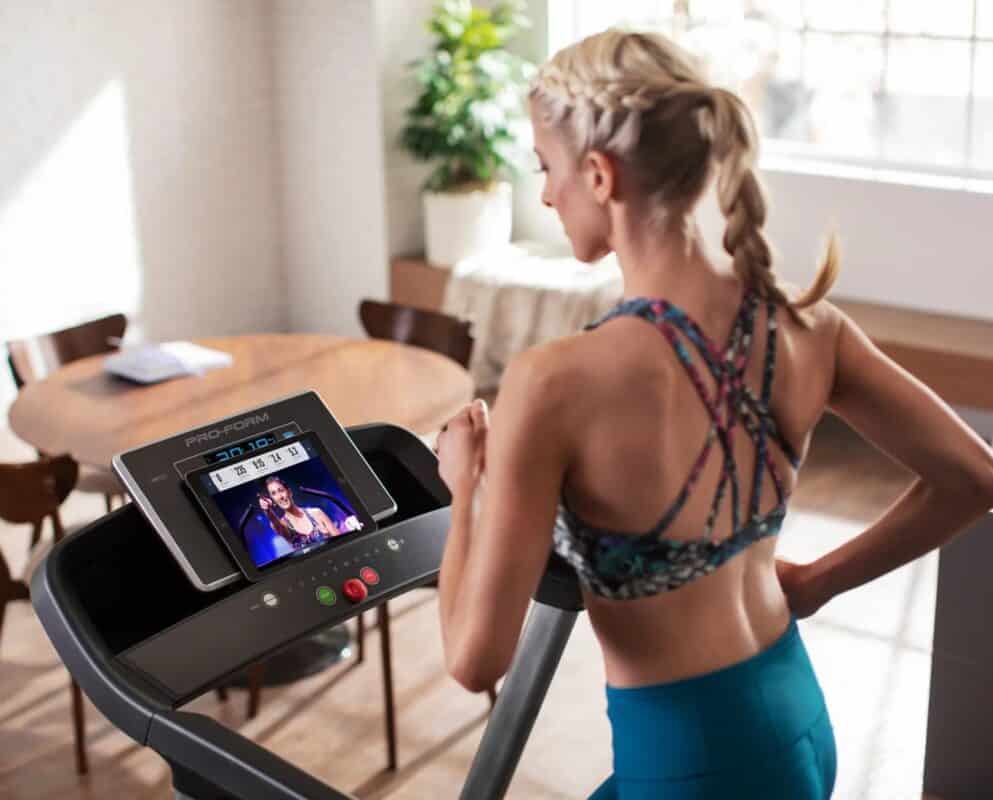
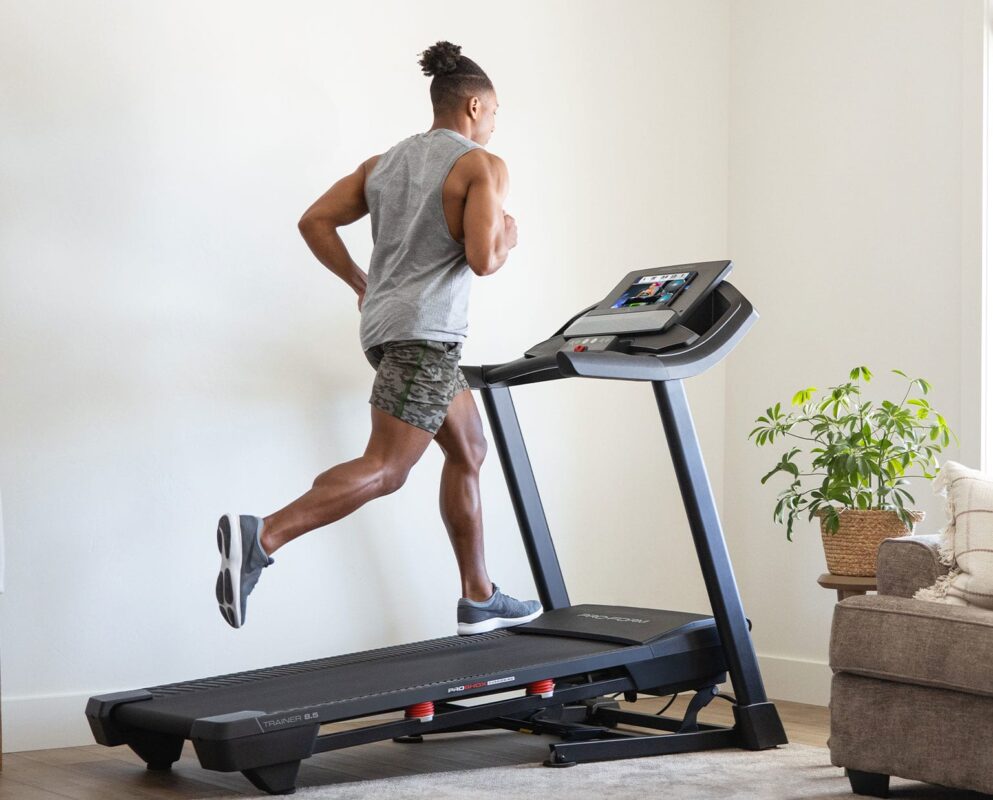
FAQs
How do manufacturers make a treadmill safely?
Safety features like an emergency stop and emergency cord are common. They give you extra safety when it comes to treadmill usage.
Are there any additional terms to search to help with ‘inefficient running form’?
When it comes to inefficient running form, you could try doing searches including the following phrases: treadmill running workout, treadmill running tips, running on a treadmill.